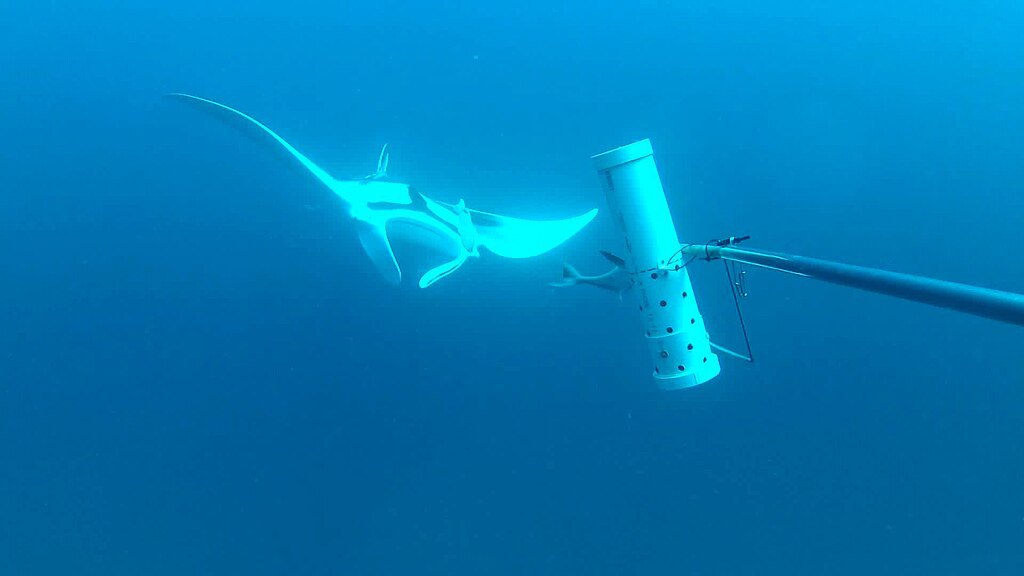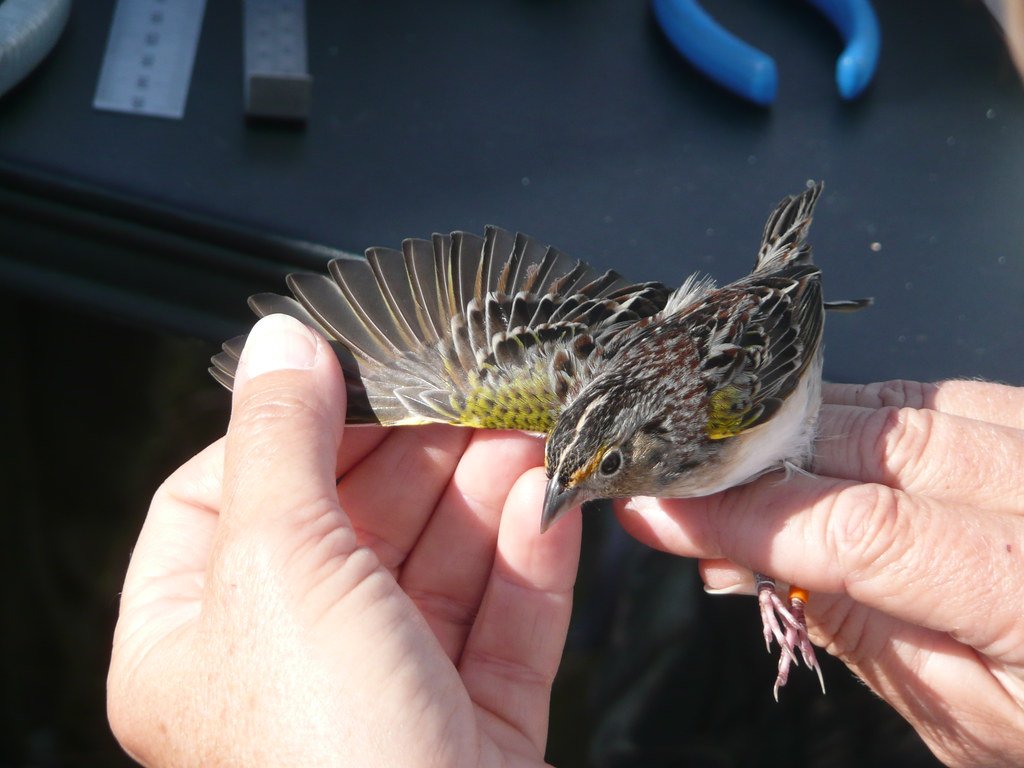The Mediterranean, sea of legend and thousand-year-old maritime heritage, is also a war zone for survival. Behind its glistening facade, an unseen conflict runs one of energy, competition, and precarious cohabitation between marine megafauna and humanity. A landmark research project has now charted the “energyscapes” of the Mediterranean’s largest predators to show where whales, sharks, tuna, and seabirds travel to feed, and how much they have to eat in order to survive. The results reveal pivotal hotspots where conservation action is required, along with a cryptic confrontation between these sea giants and industrial fisheries that is not visible in any monitoring database.
The Mediterranean’s Inverted Pyramid: Why Giants Rule These Waters
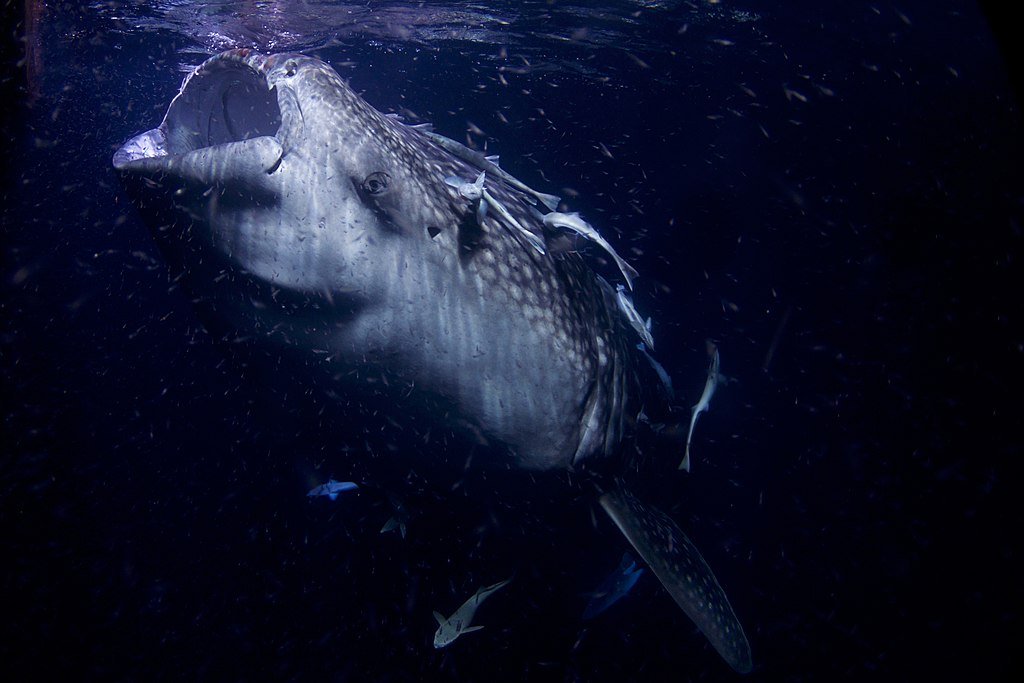
Most ecosystems follow a pyramid structure where countless small prey sustain fewer, larger predators. But the Mediterranean flips this model. Here, an unusual abundance of large predators, fin whales, sperm whales, bluefin tuna, and devil rays thrive in a sea that represents just 1% of the world’s ocean surface yet hosts 10% of marine species.
How? The key is the basins of the Mediterranean, which are deep and filled with nutrient currents, channeling energy upwards, maintaining an amazing biomass of cephalopods, krill, and small fish. These prey drive megafauna that, in their turn, redistribute nutrients over enormous distances, some even fertilizing coastal ecosystems by migrating.
But this delicate balance is under siege. One-third of Mediterranean megafauna species are threatened, with overfishing, ship strikes, and plastic pollution pushing them toward collapse.
The “Energyscape” Method: Tracking the Hunger of Ocean Titans
To find out where and how these hunters dine, scientists calculated the field metabolic rates (FMR) of 24 focal species ranging from 50 kg loggerhead turtles to 70-ton fin whales. Based on satellite tracking, stomach content analysis, and abundance maps, they computed how much each species consumes in the way of calories per day and on what prey they subsist.
The results? A single fin whale needs 3.1 million kilojoules per day equivalent to 1.5 million calories, or roughly 600 Big Macs. But because they eat energy-rich krill, they only need to consume 1.9% of their body weight daily. In contrast, the humble ocean sunfish, a gelatinous plankton specialist, must eat twice its body weight every day just to survive.
Hotspot Alert: The Western Mediterranean’s Megafauna Buffet
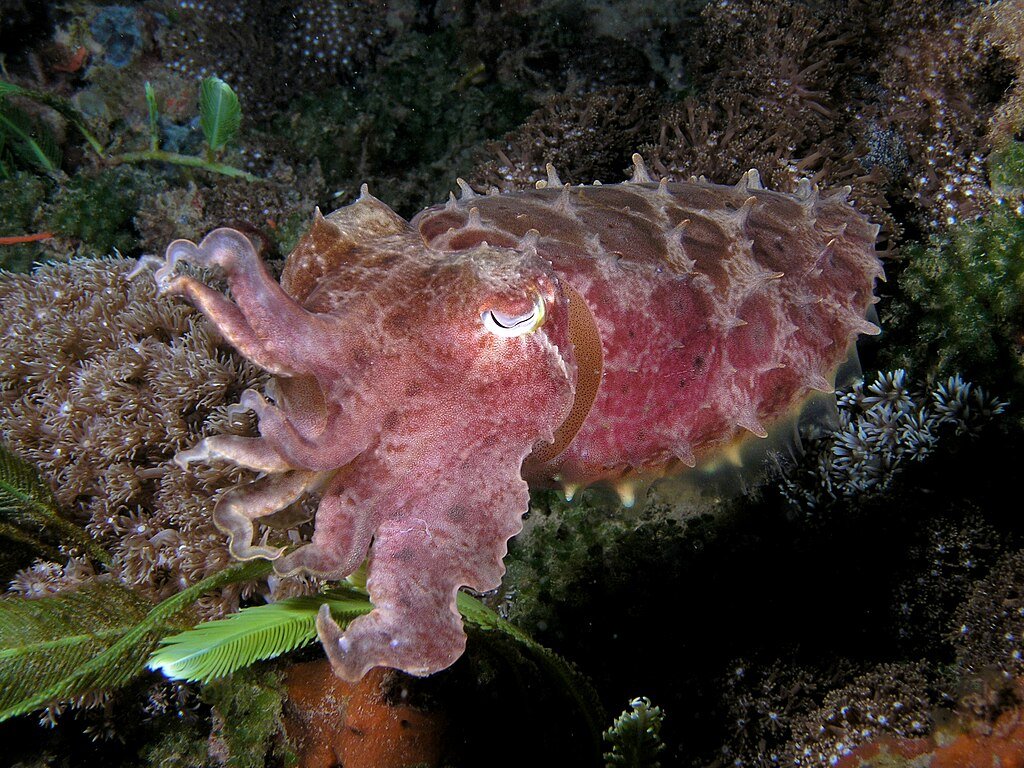
The study pinpointed the northwestern Mediterranean particularly the waters between Spain, France, and Italy as the most critical feeding zone. Here, cephalopods (squid and octopus) make 740,000 tons of consumed prey, while small fish account for 210,000 tons.
This region is also a biodiversity paradox: it’s the most heavily fished, most polluted, and busiest shipping corridor in the Mediterranean yet it remains a megafauna magnet. Why? Deep-water upwellings and currents create a marine “supermarket”, where predators can gorge before migrating or breeding.
The Hidden War: Do Fisheries Steal Food from Whales?
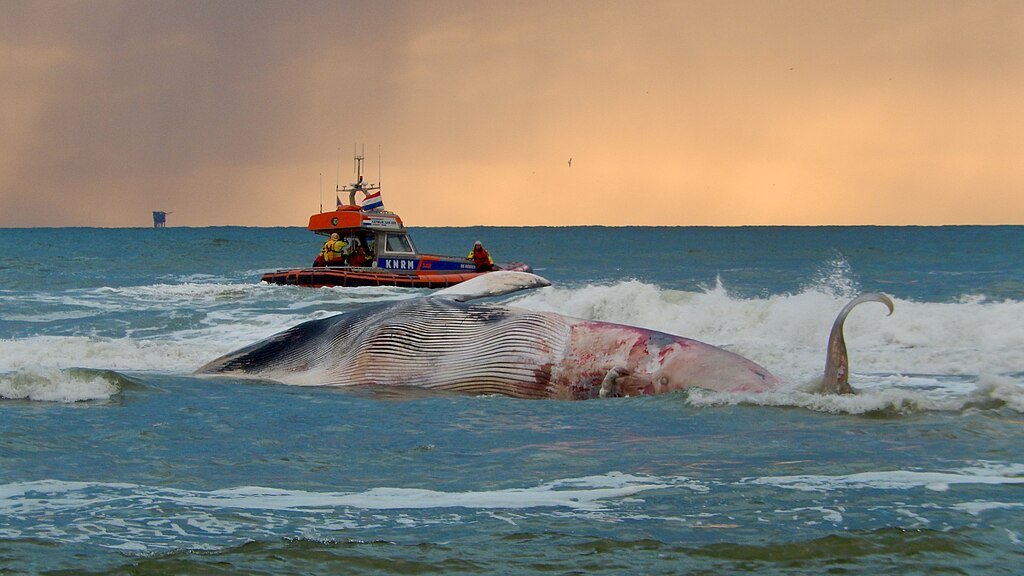
One surprising revelation? Fisheries might be outcompeted by marine megafauna. Extrapolating summer feeding estimates to a whole year, scientists estimated that:
- Megafauna consume 2.9 million tons of cephalopods (vs. just 60,000 tons caught by fisheries).
- Both fisheries and megafauna take 1 million tons of fish annually raising concerns over direct competition for sardines, anchovies, and mackerel.
Yet the overlap isn’t uniform. While fisheries dominate coastal shelves, deep-diving whales and swordfish hunt further offshore, reducing direct clashes. The real conflict? Bycatch. Thousands of dolphins, turtles, and sharks die yearly in nets meant for other fish.
The Nutrient Recyclers: Why Losing Megafauna Could Starve the Sea
These predators are not only consumers, they’re ocean gardeners. Feeding at depth and excreting at the surface, they fertilize plankton blooms, supporting the entire food web,
- Fin whales recycle iron and nitrogen, increasing krill numbers.
- Loggerhead turtles carry nutrients from seagrass beds into the open ocean.
- Shearwaters disperse nutrients through guano, enriching coastal ecosystems.
The loss of them could initiate a cascade of starvation, destroying fisheries and carbon sequestration as well.
Can the Mediterranean’s Giants Survive the Anthropocene?

The study’s most pressing lesson? Defending feeding hotspots is not negotiable. Proposed action includes:
- Banning driftnets in critical zones (still used illegally in some areas).
- Enforcing slower ship speeds to reduce whale strikes.
- Expanding marine reserves in the western Mediterranean’s deep basins.
Time is running out. As sea temperatures increase and fisheries grow, the Mediterranean megafauna have a dwindling buffet. Unless something is done, the sea that gave rise to legends such as the Kraken and Odysseus’ sirens might soon lose its final living giants.
Final Thought
The Mediterranean’s megafauna are more than ecological marvels, they’re living climate regulators, nutrient cyclers, and biodiversity engines. This study doesn’t just map their hunger, it sounds an alarm. If these giants vanish, the sea that has fed civilizations for millennia may itself go hungry.
Sources:

Jan loves Wildlife and Animals and is one of the founders of Animals Around The Globe. He holds an MSc in Finance & Economics and is a passionate PADI Open Water Diver. His favorite animals are Mountain Gorillas, Tigers, and Great White Sharks. He lived in South Africa, Germany, the USA, Ireland, Italy, China, and Australia. Before AATG, Jan worked for Google, Axel Springer, BMW and others.

